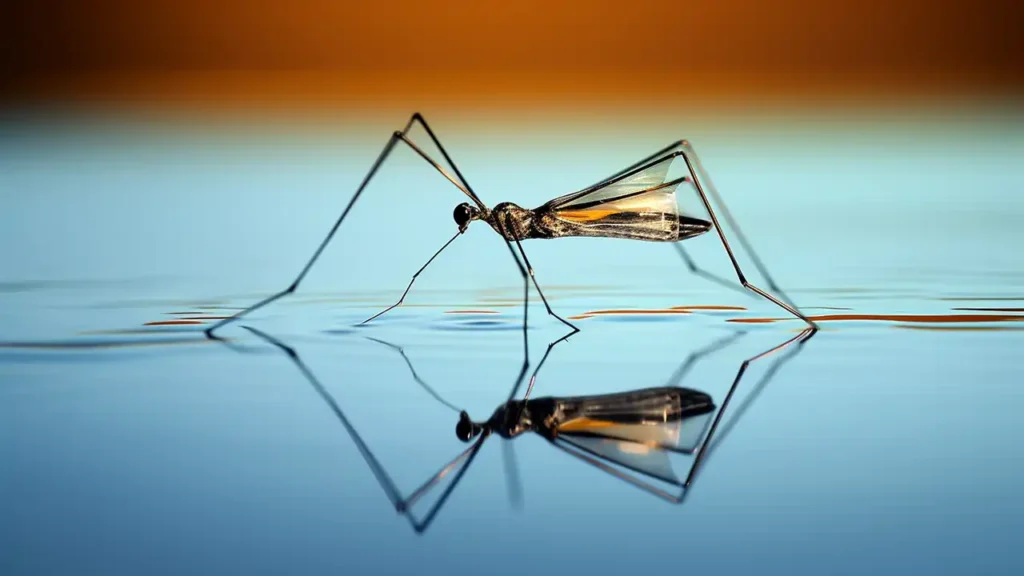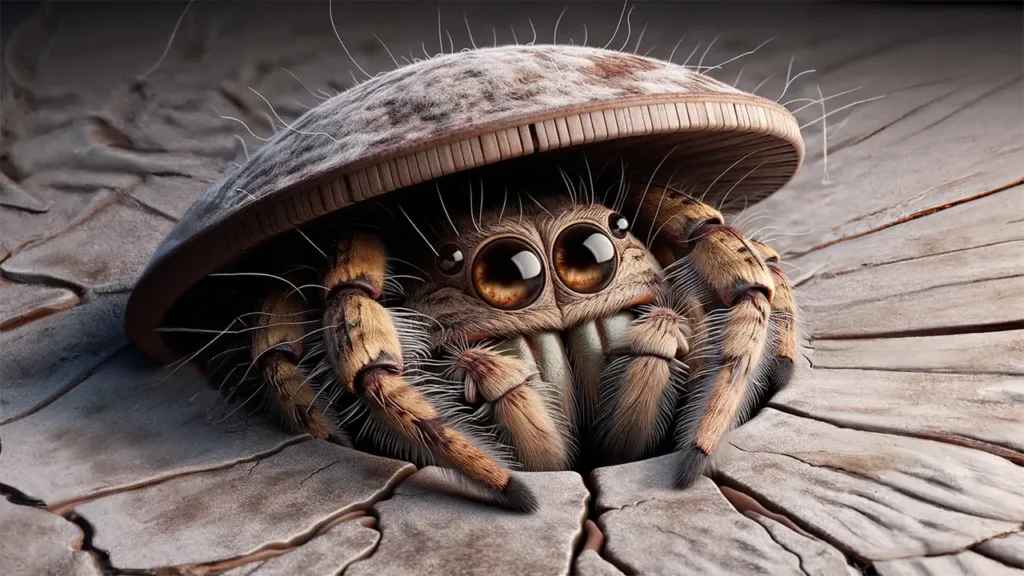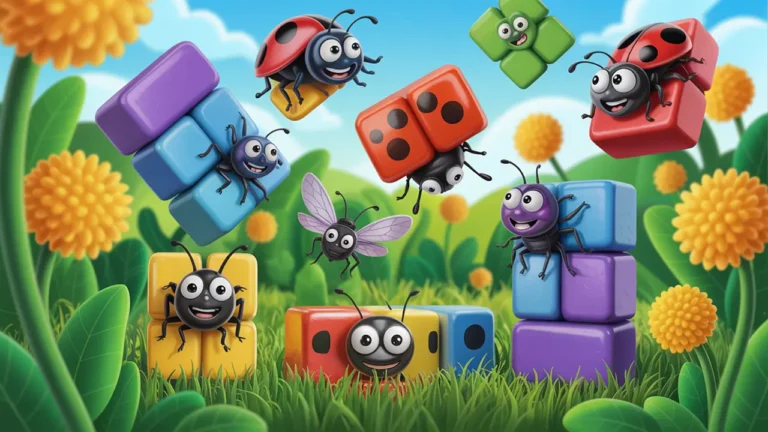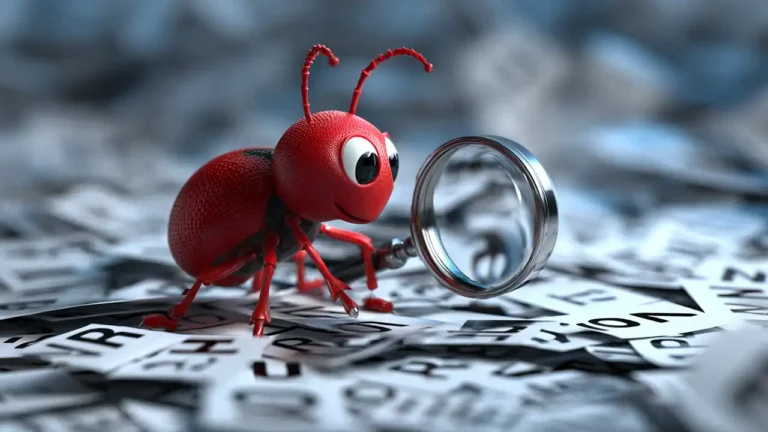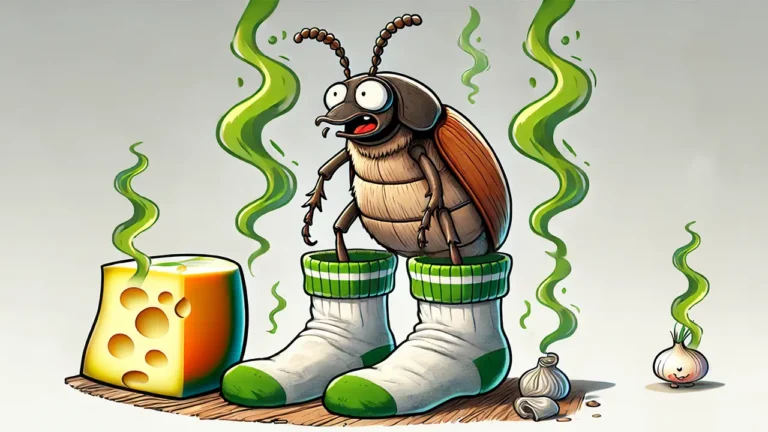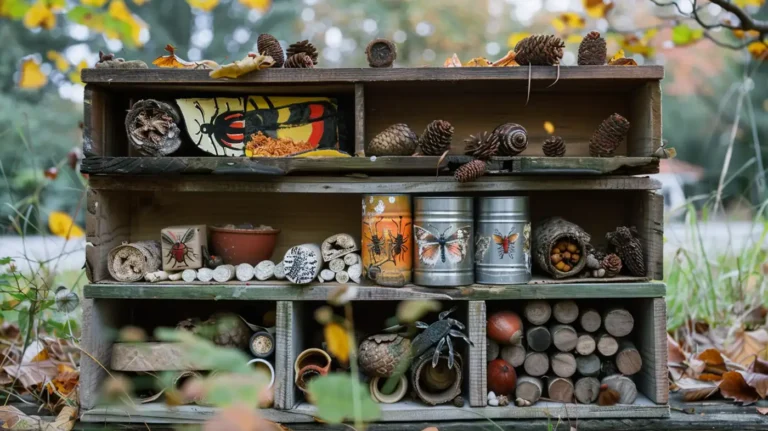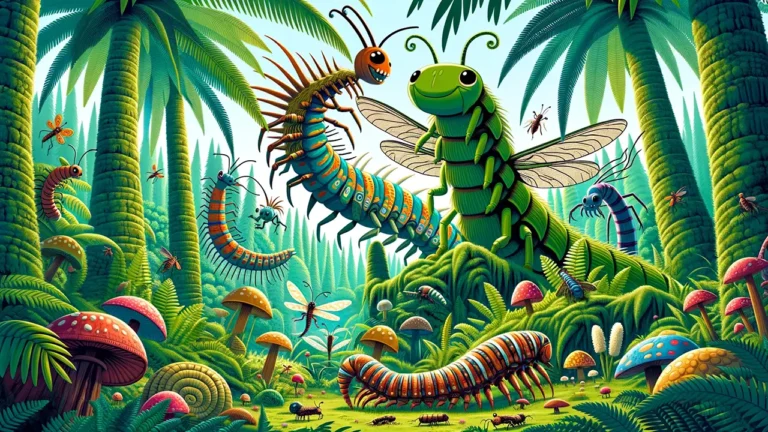Have you ever seen a bug that can walk on water? Get ready to meet the amazing water strider bug – the coolest pond skater around!
So What is a Water Strider?
These crazy cool bugs have a superpower – they can walk on water! Water striders use their long legs to skate and glide across the surface of lakes, ponds, and streams. Pretty impressive, right?
When you look closely at a water strider, you’ll notice its body is flat and curved, kind of like a graceful water dancer. And just like a skilled dancer, this little bug has all the right moves to stay on top of the water without sinking below the surface. Let’s take a peek at its fantastic features that allow it to literally walk on water!
Amazing Anatomy
So how exactly does a water strider stay afloat and walk on the water without sinking? The secrets are in its amazing anatomy!
Legs for Floating
A water strider has six long and thin hairy legs. These legs are extra lightweight, which helps the water strider stay on the surface of the water. The legs work like little oars, allowing the bug to easily row across the water.
When a water strider lands on water, its legs are wide open and flat. This distributes its weight evenly so it doesn’t sink through the surface. As the water strider moves, its middle legs do most of the rowing work while the back legs steer. The front legs feel for vibrations and help catch food. What an incredible system!
A Lightweight Body
Not only are its legs super light, but a water strider’s entire body is specially designed to float! Its flattened, curved body works like a light waterproof raft. Compared to its body size, its weight is very low. This allows it to skate across the water without breaking through the surface. What an elegant water dancer!
Tiny Hairs for Repelling Water
Take a microscopic peek at a water strider’s feet and you’ll find they are covered in thousands of tiny hairs! These hairs help the water strider stay dry by repelling water. They create a cushion of air around the feet so water doesn’t make direct contact. This water-repelling system allows the light body and long legs do their job in letting the water strider walk on water. Amazing!
The Science Behind the Magic
But wait – how exactly does this teeny bug stay on the surface of water without sinking through? What seems like magic is really some cool physics! Let’s break it down.
Water molecules like to stick together. At the top of ponds and other bodies of water, the water molecules at the very surface are only bonding with other water molecules below them, not above them. This creates a thin membrane called surface tension. It’s strong enough to hold up lightweight objects – like water striders!
We can think of the surface of the water like a trampoline. It has springy elasticity that the water strider can bounce on. The surface tension allows the long, widespread legs and lightweight body of the water strider to rest on top of the water without breaking through. So cool!
Dinner Time!
Now that we know how water striders stay afloat, let’s look at what these fun bugs eat!
Water striders are meat eaters who use the water like their own personal buffet. They feast on insects and other small animals that fall onto the water’s surface. Yum! Or should I say…ewww!
When hunting, the water strider stealthily sneaks up on its prey. Then it grabs the hapless victim with its front legs and pierces it with its sharp mouthparts. They basically act like silent ninjas of the pond! How’s that for a powerful predator?
Water striders chow down on all kinds of insects including mosquitoes, flies, spiders, and moths that end up on the water. A hungry group of water striders can quickly eat every edible insect on a pond. Talk about clearing the buffet!
Enemies and Safety
As skillful hunters, water striders help keep the insect population under control. But who hunts the water striders? These bugs have some enemies of their own to watch out for!
Fish and larger aquatic insects will gobble up water striders if they get the chance. To stay safe, water striders rely on escape tactics. Their long legs allow them to jump quickly and row away rapidly, skating to safety in the blink of an eye!
They also stay close to the edge of ponds and streams where they can dart away quickly. And since they travel in groups, there are usually lots of eyes watching out for danger. With these skills, water striders are able to avoid becoming a meal for hungry predators. Smart little bugs!
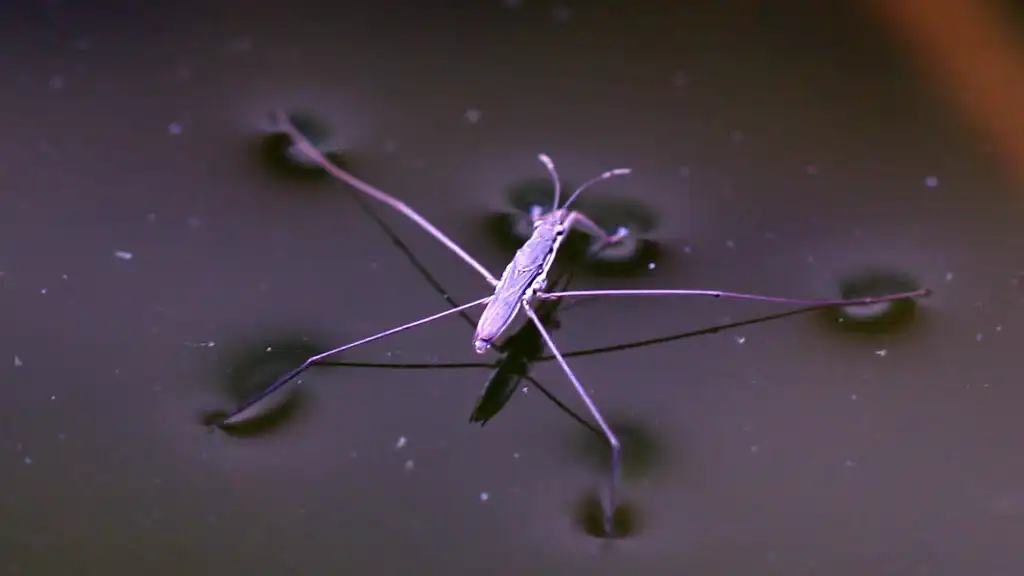
Cool Ways to Spot a Water Strider Bug
Now that you know all about these fabulous water walkers, you probably want to see one up close! Here are some tips for spotting water striders:
- The best places are calm, still waters like ponds, marshes, and lakes. They prefer quiet habitats without waves or ripples that could topple them over.
- Slow moving streams or rivers are another good bet. Look for pools or edges where the current is gentle.
- Dawn and dusk are peak activity times if you want to see water striders hunting. During the day, they often rest in shady spots near plants or algae.
- Get low! The closer you get to the water surface, the better chance you’ll have of spotting them.
- Move slowly and quietly so you don’t disturb the water too much. The surface needs to stay smooth for them to strut their stuff!
- Bring binoculars if you have them for an extra close up view.
- Never touch or disturb a water strider if you see one. Just admire their water magic from a distance!
And don’t worry – water striders do not bite humans! They are completely harmless to us. Their small mouthparts can only handle small aquatic insects as prey.
Do they bite?
Have you ever wondered if water striders bite? Well, the answer might surprise you! These tiny bugs may seem harmless as they gracefully glide across the water’s surface, but don’t let their delicate appearance fool you. Water striders are equipped with sharp, needle-like mouthparts that allow them to pierce the skin of their prey.
Here are some important things to know about their biting habits:
- Yes, water striders can bite humans, but it’s rare and usually only happens if they feel threatened.
- Their bites are generally not painful, and the resulting irritation is usually minimal.
- Water striders are more interested in feasting on other insects and small aquatic creatures than humans.
- They use their bite to inject digestive enzymes into their prey, which then helps them suck out the liquefied insides.
If you encounter a water strider, it’s best to observe from a safe distance and marvel at their incredible water-walking abilities!
Interesting Fun Facts about Water Striders
Let’s finish up with some fascinating fun facts about these phenomenal water walkers!
- Water striders have two different modes of movement: rowing, which propels them forward, and skating, where they rely on their momentum to carry them across the water.
- They use those super long legs to move up to 100 body lengths per second. For a 6 inch long water strider, that means it can zoom over 16 feet in just one single second!
- Water striders start life as eggs before becoming nymphs. After several molts, they grow to adulthood. Their total life span ranges from a few months to a year.
- They’re able to find a mate and reproduce entirely on the water’s surface by sending out ripple signals! The male initiates courtship and mating happens using those long legs.
- Water striders live in groups or colonies that can include hundreds of individuals. Living together provides safety in numbers from predators.
- Their body contains tiny air bubbles under the wings to give extra buoyancy, just like a life jacket.
Conclusion
Water striders are one of nature’s most incredible creatures. Their specially adapted legs, lightweight body, water-repellent hairs allow them to literally walk on water! Also known as pond skaters and water walking bugs, these little marvels skate and glide with speed and agility thanks to the physics of surface tension.
Next time you’re near a pond, lake, or stream, keep an eye out for these amazing insects. Watching them hunt, eat and interact is a fascinating treat. With their elaborate techniques for thriving on the water’s surface, water striders show off nature’s magic at its finest!
DIY Water Strider Experiments
Want to get hands on with water strider science? Here are two fun experiments:
Surface Tension Activity
What you need:
- Bowl of water
- Ground black pepper
- Dish soap
Sprinkle black pepper onto the surface of a bowl of water. The pepper floats! This models the water’s surface tension. Then add one tiny drop of soap in the center. Watch the pepper spring into motion and rush to the edges! Soap lowers the water’s surface tension, causing the pepper to sink. Just like a water strider would!
Draw a Water Strider
Use crayons, markers or coloured pencils to draw your own water strider! Pay attention to its curved body, long legs, and fun movement. Get creative with patterns and colours. These are amazing little water bugs to design on paper.
So get out there and explore the water’s surface in search of the wonderful water strider! Just remember to walk AROUND the water, not on it – we don’t have the magic tricks of this cool bug. Happy water strider hunting!


